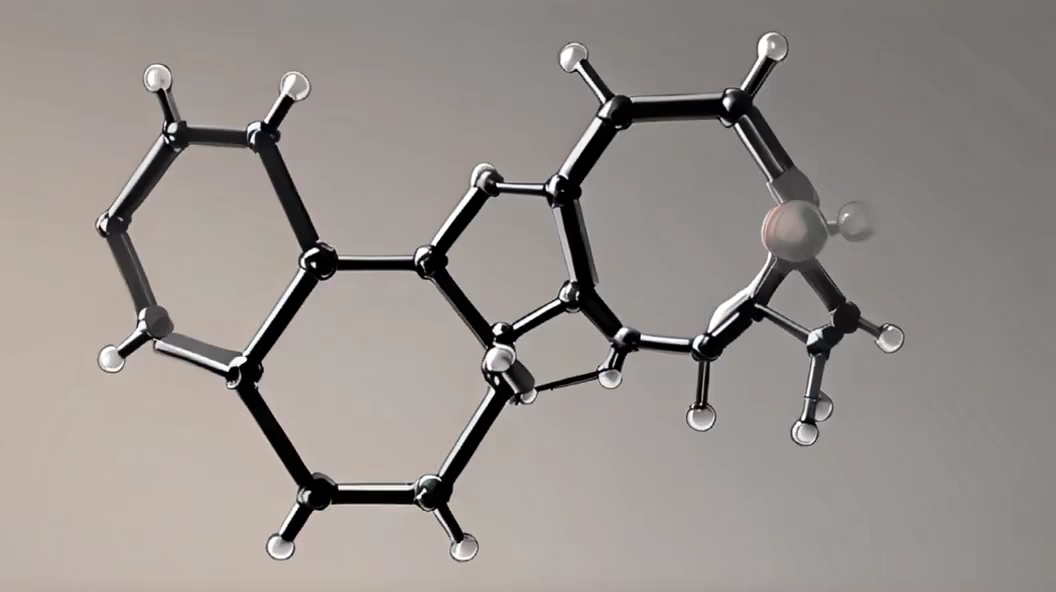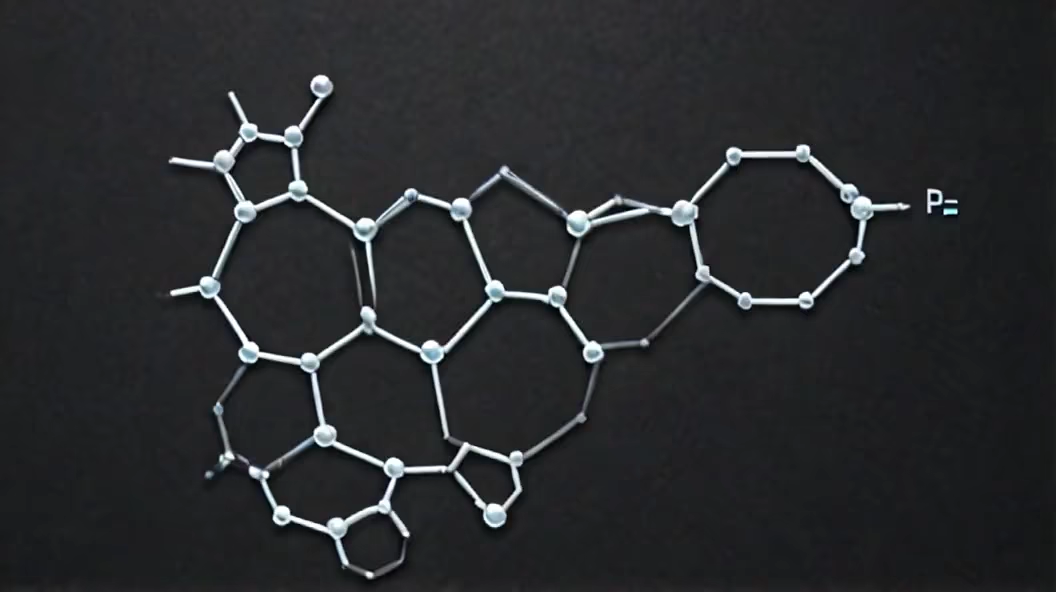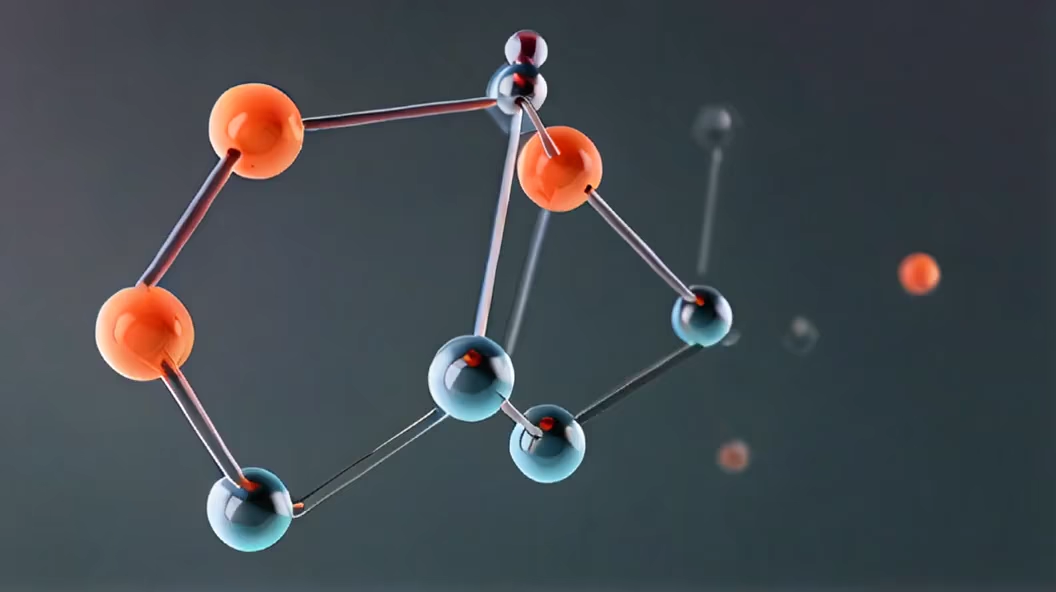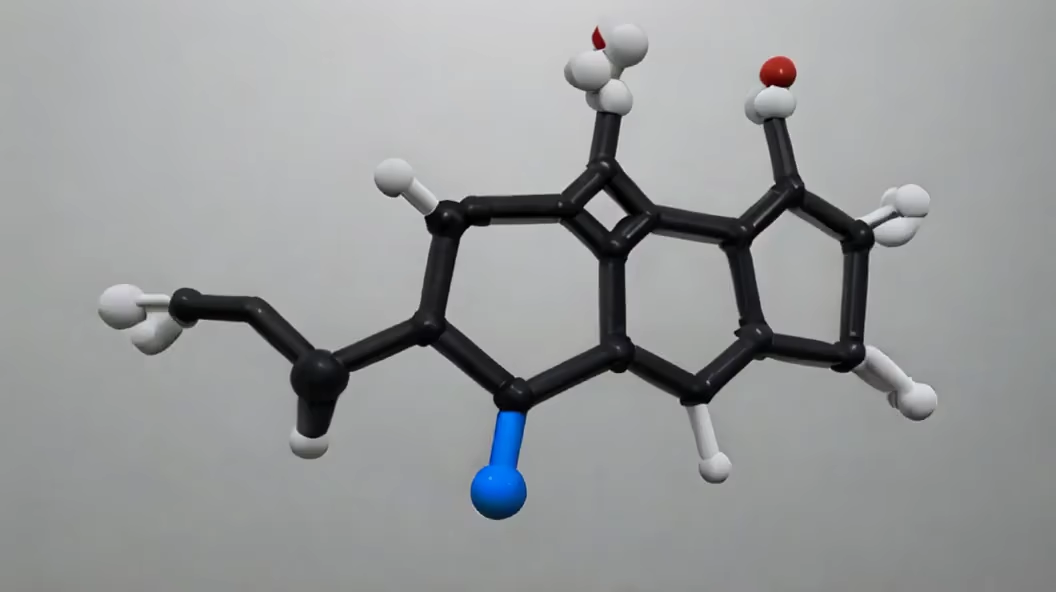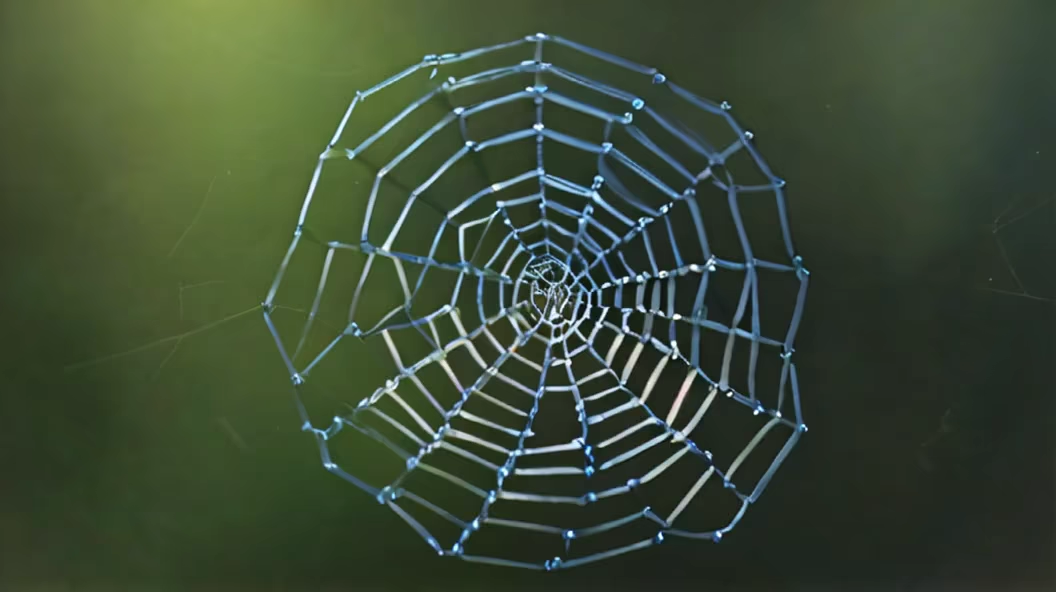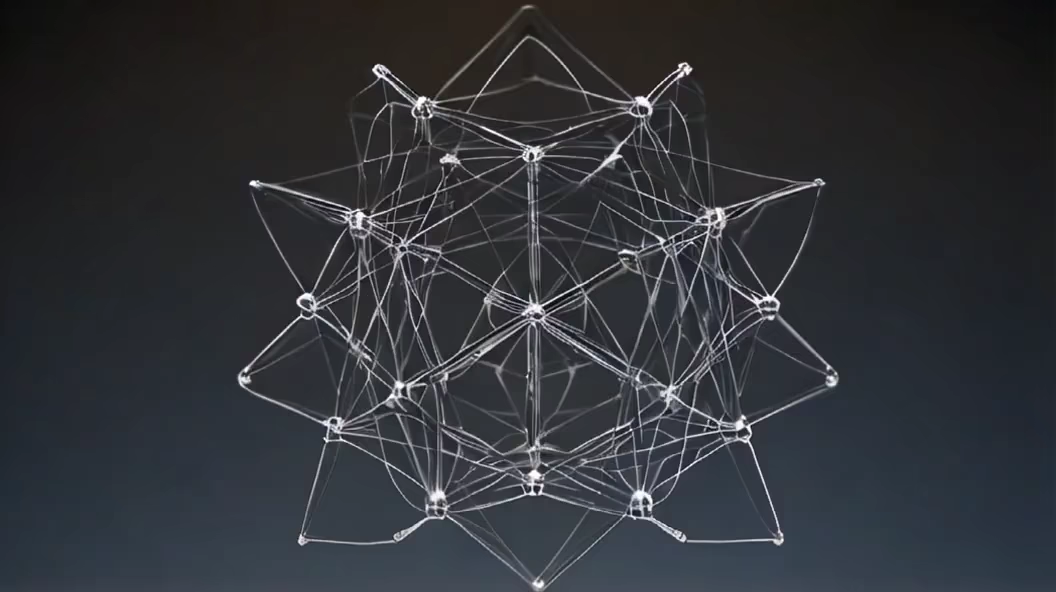Prompt: Molecular reaction diagram; Many cluttered emissions of hexagonal prism molecules; The space between them is filled with a colloidal substance

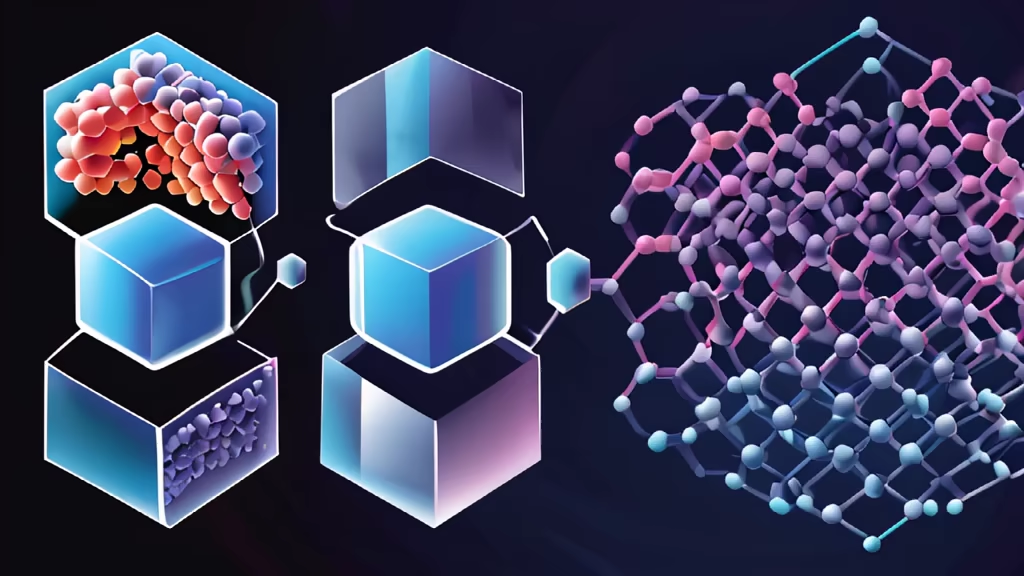
Prompt: Molecular reaction 3D schematic model; Several cluttered hexagonal prism molecules; The space between them is filled with a colloidal substance


Prompt: Molecular reaction 3D schematic model; Several cluttered discharges of long hexagonal prism molecules; The Spaces between them are filled with colloidal substances rather than molecular bonds
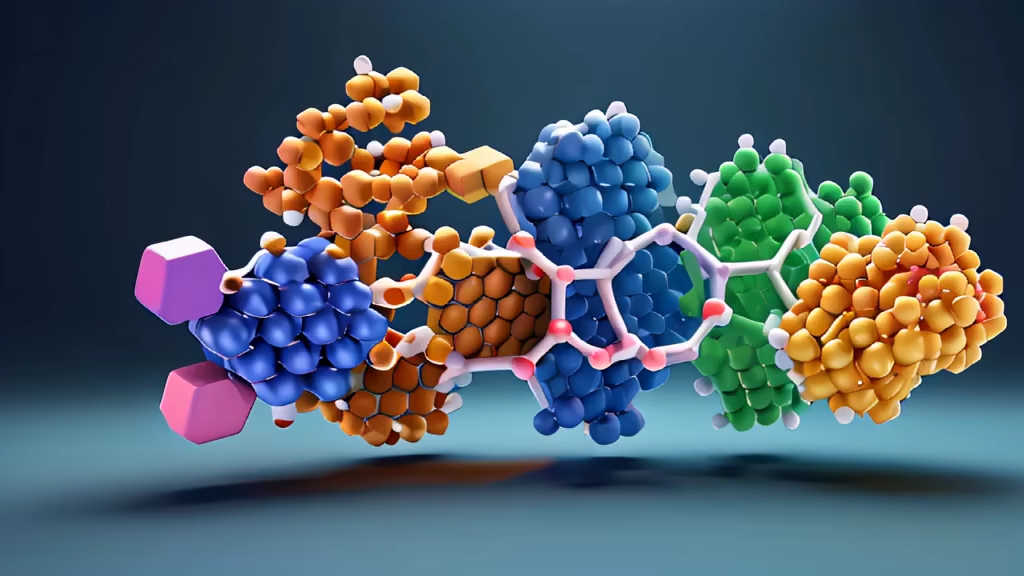
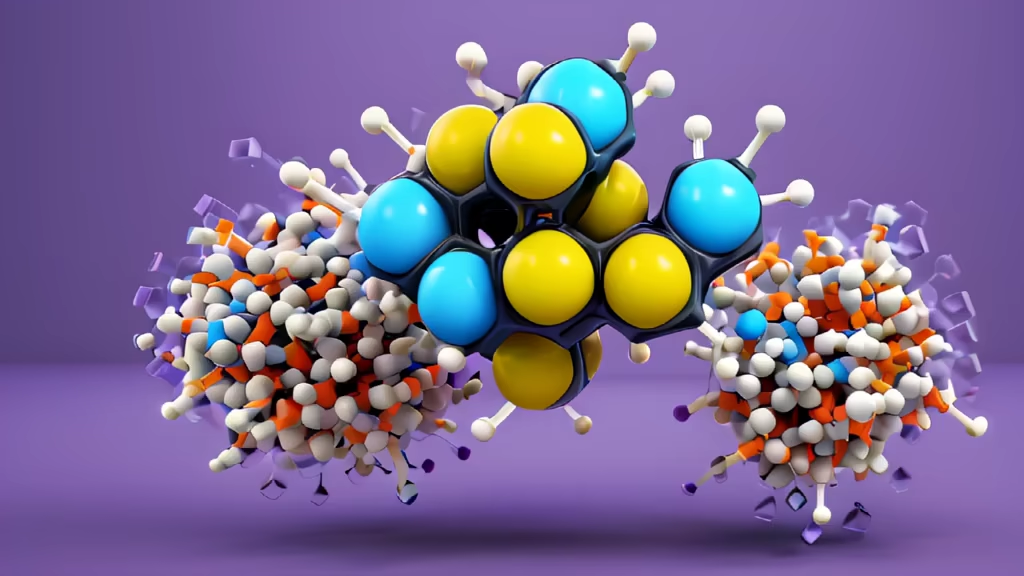
Prompt: Chemical molecular style; Many cluttered discharges of metallic hexagonal prisms; The space between them is filled with a colloidal substance




Prompt: Molecular reaction 3D schematic model; A small number of randomly discharged sheet-like six-membered rings; The Spaces between rings are filled with colloidal substances rather than molecular bonds


Prompt: The whole is composed of many lamellar hexagonal prism; Disordered discharge; The prisms are filled with ice-like material; There are small black particles distributed on the hexagonal prism
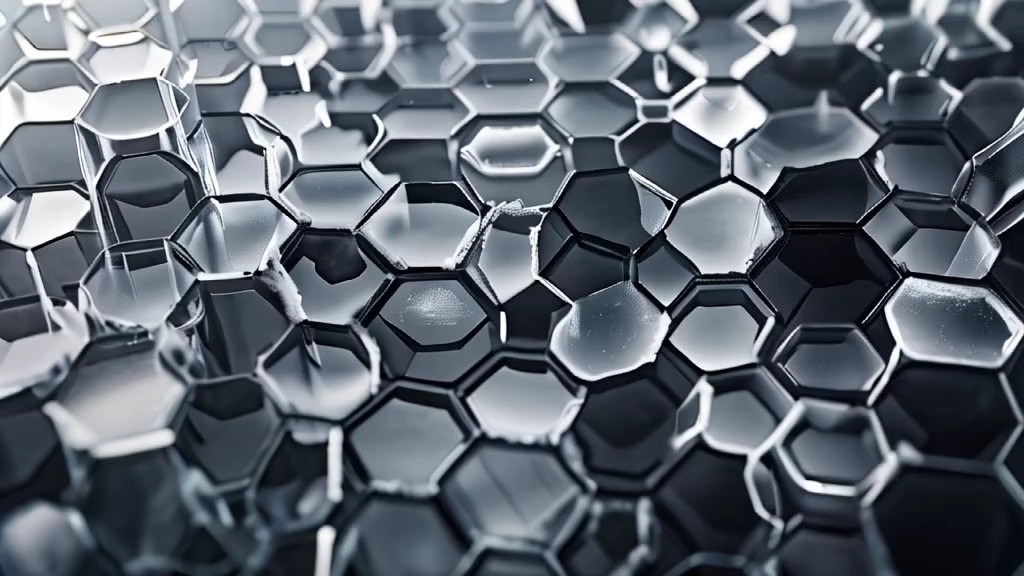

Prompt: The whole is composed of many lamellar hexagonal prism; Disordered discharge; The prisms are filled with gray-black material similar to magma solidification. There are small black particles distributed on the hexagonal prism




Prompt: The whole is composed of many lamellar hexagonal prism; Disordered discharge; The prisms are filled with ice-like material
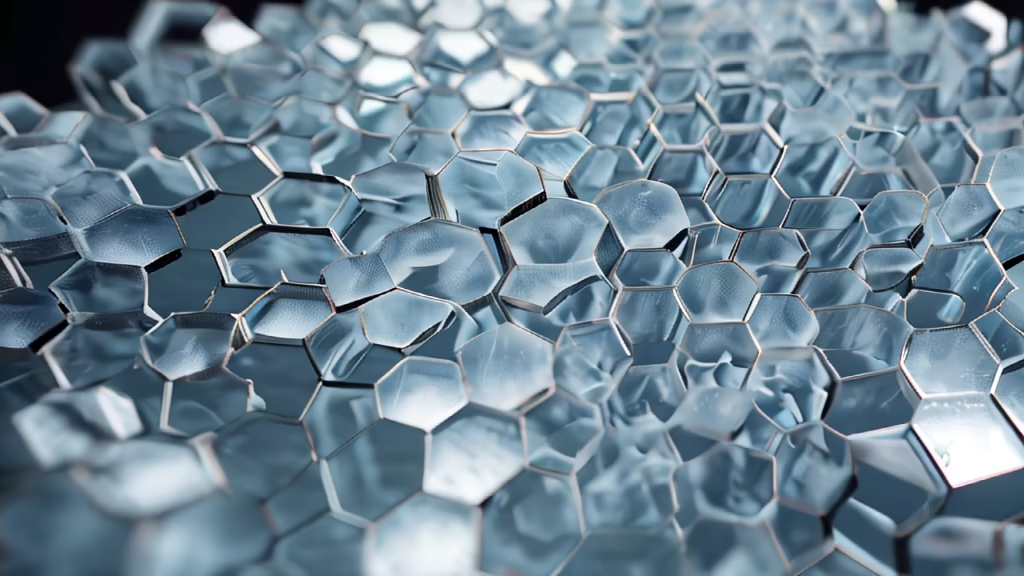

Prompt: A beaker holds a solution of benzol, a compound of particular interest in the realm of chemistry. Its molecular structure, composed of six carbon atoms arranged in a hexagonal ring with alternating single and double bonds, gives benzol unique properties. The solution showcases benzol in its liquid state, with distinct characteristics like a clear and colorless appearance, symbolizing its purity. Surrounding the beaker, the lab environment comes alive, with scientific instruments and glassware hinting at the ongoing experiments. The prompt captures the essence of benzol, inviting exploration into its chemical properties, applications, and the intricate world of aromatic hydrocarbons.


Prompt: The beaker contains a unique solution, showcasing a fascinating interplay of substances. At the top of the beaker, a layer of oil floats, and within this oil, elemental benzene molecules are suspended. Simultaneously, at the bottom of the beaker, water resides, hosting another elemental benzene along with a floating polymer.




Prompt: The beaker contains a unique solution, showcasing a fascinating interplay of substances. At the top of the beaker, a layer of oil floats, and within this oil, elemental benzene molecules are suspended. Simultaneously, at the bottom of the beaker, water resides, hosting another elemental benzene along with a floating polymer. The intriguing aspect arises from the interaction between the benzene molecules in the oil and water phases. An extraordinary event unfolds as a membrane forms at the interface between the oil and water layers. This membrane is a result of the benzene molecules' self-organization, creating a barrier that separates the two liquid phases. Due to the formation of this benzene-derived membrane, a distinct boundary is established, preventing the polymer from crossing between the oil and water layers. The polymer, unable to traverse this membrane, remains confined to the water phase. This phenomenon highlights the unique properties and interactions of benzene molecules in this particular solution, demonstrating their ability to create a selective barrier that influences the movement of other substances within the beaker.

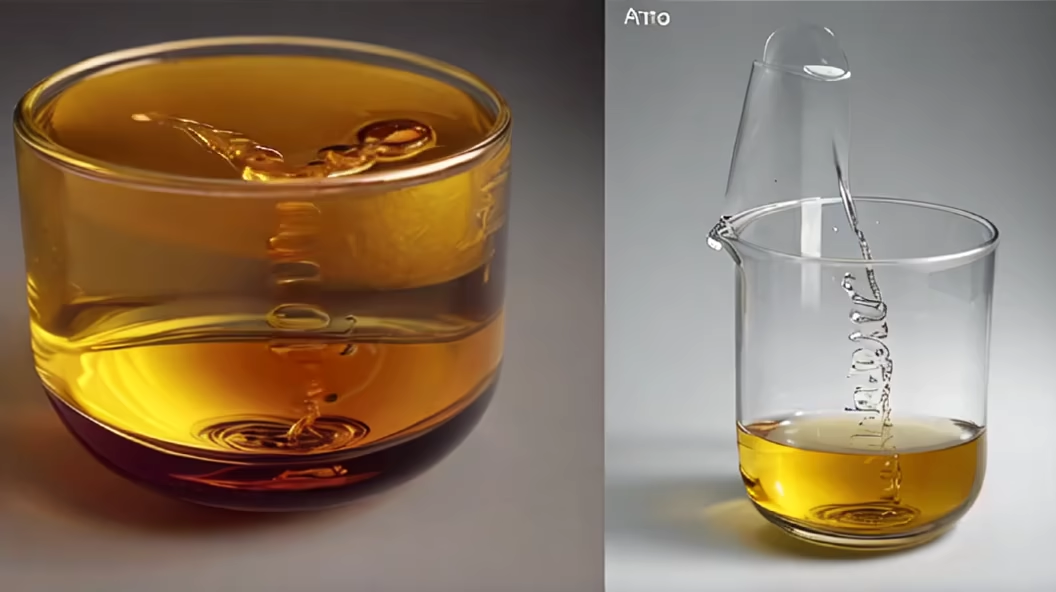
Prompt: The beaker contains a unique solution, showcasing a fascinating interplay of substances. At the top of the beaker, a layer of oil floats, and within this oil, elemental benzene molecules are suspended. Simultaneously, at the bottom of the beaker, water resides, hosting another elemental benzene along with a floating polymer. The intriguing aspect arises from the interaction between the benzene molecules in the oil and water phases. An extraordinary event unfolds as a membrane forms at the interface between the oil and water layers. This membrane is a result of the benzene molecules' self-organization, creating a barrier that separates the two liquid phases.


Prompt: In a beaker, there's a solution with oil forming a layer on top and water beneath. Suspended in the oil are elemental benzene molecules, while the water holds another elemental benzene and a floating polymer.








Prompt: the detailed molecular structure of Methyl Tricarbonate, a fascinating compound within the realm of chemistry. Visualize an illustrative representation of the molecular formula, revealing the specific arrangement of atoms and bonds in this organic compound. The depiction should highlight the unique characteristics of Methyl Tricarbonate, emphasizing its carbon, hydrogen, and oxygen composition.
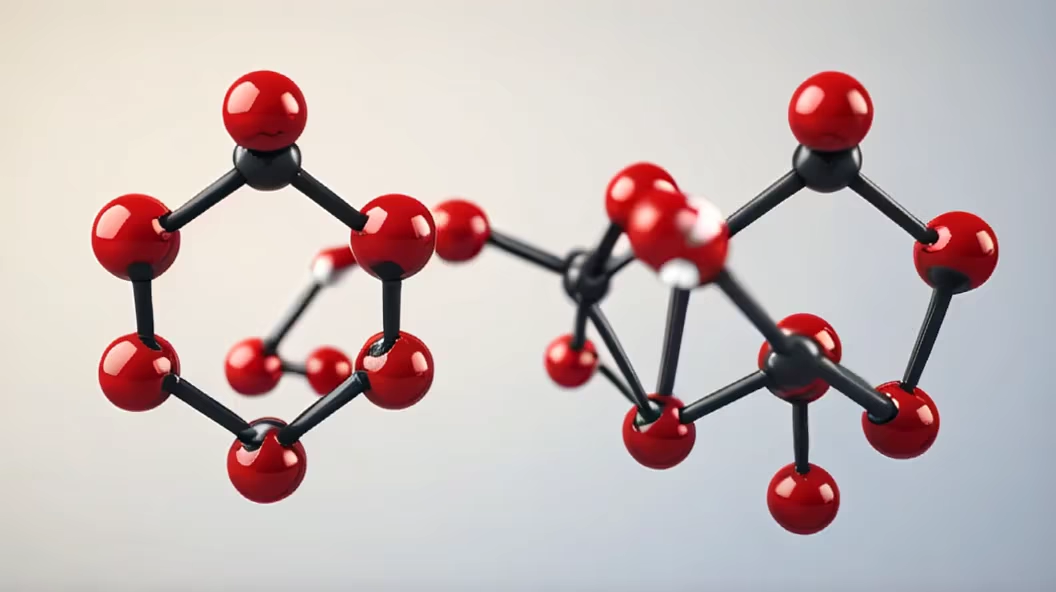
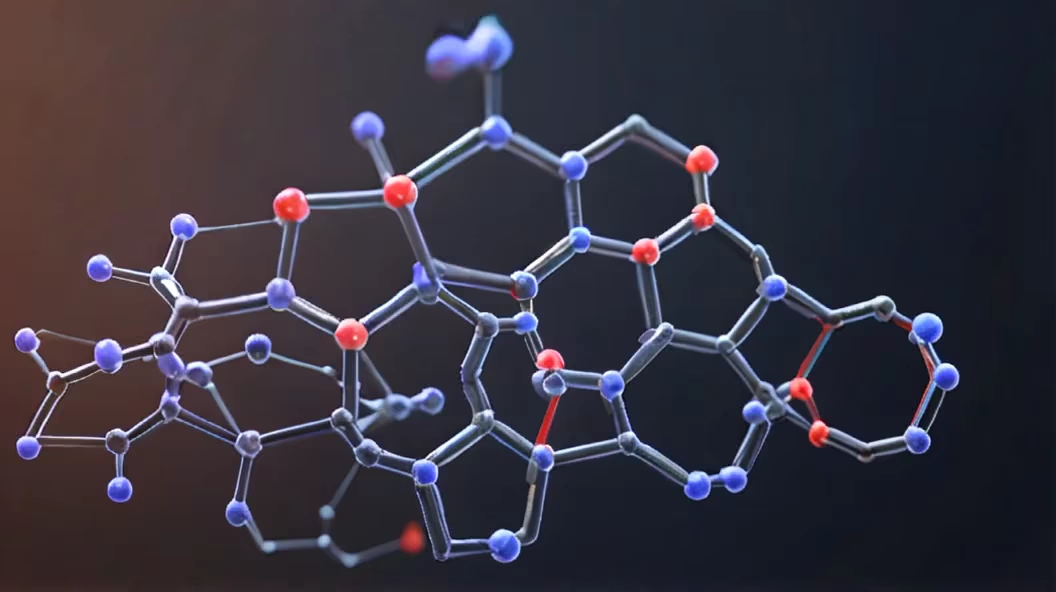
Prompt: the detailed molecular structure of Methyl Tricarbonate, a fascinating compound within the realm of chemistry. Visualize an illustrative representation of the molecular formula, revealing the specific arrangement of atoms and bonds in this organic compound. The depiction should highlight the unique characteristics of Methyl Tricarbonate, emphasizing its carbon, hydrogen, and oxygen composition.




Prompt: schematic illustrates transition zone of functionally graded material, the transition zone is varying continuously from one material to another , one object, clear and concise without words
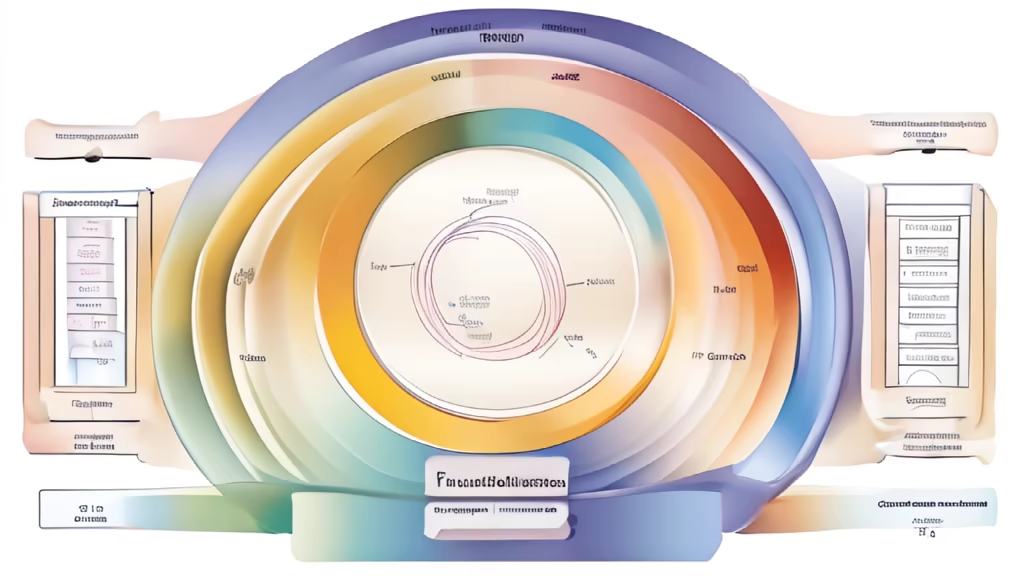



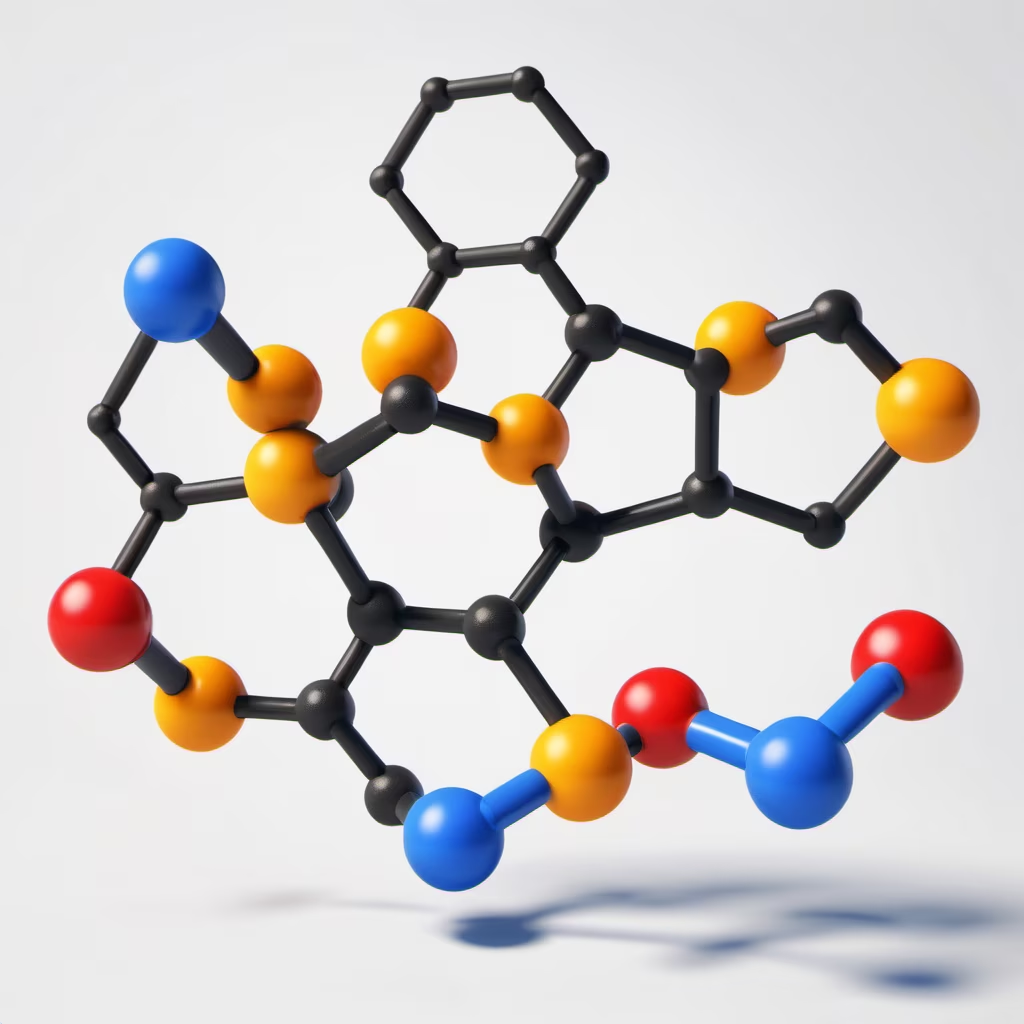



Prompt: A beaker is filled with a solution with oil on top and water on the bottom. Inside the oil there is elemental benzene floating, and inside the water there is another elemental benzene and a polymer floating. The benzene inside the oil and the water formed a membrane between the oil and the water, causing the polymer to be unable to pass through that membrane.

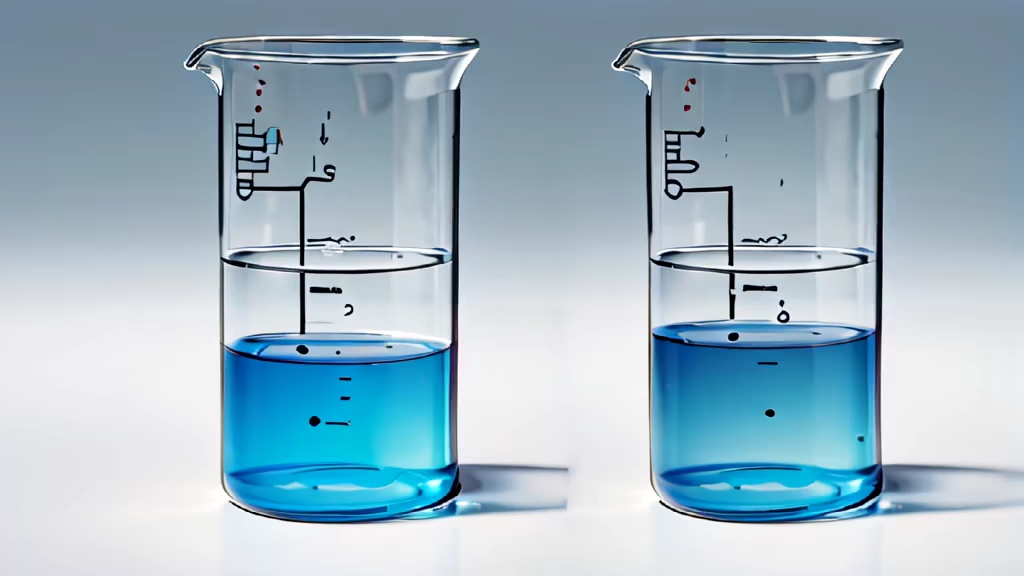
Prompt: Design a visually compelling image that simulates a cross-section of polyisoprene resembling a small section of pipe. The focus should be on providing a detailed view of polyisoprene's molecular structure. Visualize the repeating isoprene monomer units arranged in a chain, highlighting the polymer's characteristic structure. Consider incorporating a color scheme that distinguishes individual monomer units and emphasizes the connectivity between them. Use shading and lighting effects to add depth, making the molecular structure appear three-dimensional within the pipe section. Additionally, you may want to include labels or annotations to educate viewers about the composition of polyisoprene and its significance in various applications. This prompt encourages a creative exploration of the molecular intricacies of polyisoprene within a visually appealing representation of a small pipe section, blending both scientific accuracy and aesthetic appeal.




Prompt: On the alien planet, the geology is like quartz. You can see other planets in the sky. They are polyhedral shapes.


Prompt: The central focus is on a series of interlocking hexagons that form the core of the design. Each hexagon is filled with a different contrasting color, creating a sense of unity within diversity.




Prompt: In a laboratory setting, a container holds a solution of Sanya Methyl Carbonate, a compound of interest in the field of chemistry. The molecular structure of Sanya Methyl Carbonate, with its carbon and oxygen composition, underscores its significance in various chemical processes. The solution visually manifests the compound, showcasing its characteristic properties, such as transparency and a distinct odor. The laboratory scene is rich with scientific equipment and glassware, providing a backdrop that hints at the ongoing experiments and applications involving Sanya Methyl Carbonate. The prompt opens the door to exploration, encouraging a deeper dive into the chemical intricacies, uses, and potential contributions of this compound within the realm of organic chemistry.


Prompt: Compose an intricate visual representation of a small section of polyisoprene resembling a cutaway view of a pipe. Immerse viewers in the molecular world of polyisoprene by highlighting the detailed structure of its repeating isoprene monomer units. Consider the following details for an engaging and educational depiction: 1. **Colorful Molecular Structure:** - Use a vibrant and distinct color palette to differentiate isoprene monomer units. - Employ shading and gradients to create a visually appealing and realistic representation of the molecular chains. 2. **Three-Dimensional Perspective:** - Apply lighting effects and shadows to give the molecular structure a three-dimensional depth, making it visually striking. - Consider incorporating a subtle texture to convey the material's molecular intricacies. 3. **Pipe Section Context:** - Surround the molecular structure with a transparent section of pipe, adding a contextual element to the visualization. - Emphasize the cylindrical shape of the pipe, enhancing the realism of the overall image. 4. **Educational Labels:** - Include informative labels or annotations that describe key features of polyisoprene's molecular structure. - Provide concise explanations to help viewers understand the significance of isoprene monomer arrangement. 5. **Macro Perspective:** - Zoom in closely to showcase the details of the molecular structure, allowing viewers to appreciate the complexity of polyisoprene at a microscopic level. By integrating these details, the prompt aims to inspire a visually captivating representation of polyisoprene, inviting viewers to explore the material's molecular composition within the context of a small section of pipe. This approach not only adds aesthetic appeal but also serves as an educational tool, offering insights into the fascinating world of polymer chemistry.


Prompt: schematic illustrates transition zone of functionally graded material, the transition zone is varying continuously from one material to another ,clear and concise without words


Prompt: Simple science, technology, chemistry, A beaker is filled with a solution with oil on top and water on the bottom. Inside the oil there is elemental benzene floating, and inside the water there is another elemental benzene and a polymer floating. The benzene inside the oil and the water formed a membrane between the oil and the water, causing the polymer to be unable to pass through that membrane.
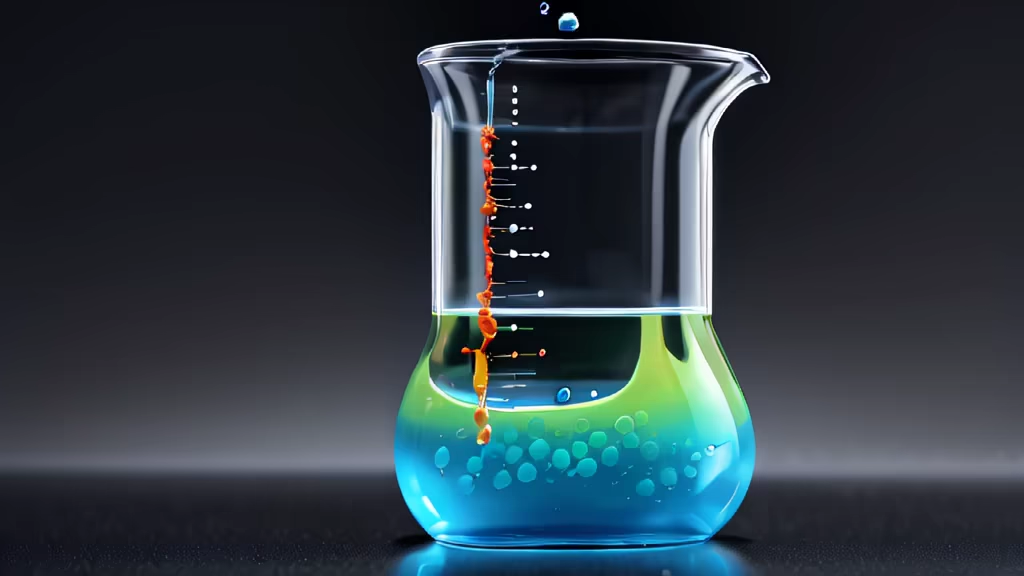

Prompt: show the detailed molecular structure of Methyl Tricarbonate, a fascinating compound within the realm of chemistry. Visualize an illustrative representation of the molecular formula, revealing the specific arrangement of atoms and bonds in this organic compound. The depiction should highlight the unique characteristics of Methyl Tricarbonate, emphasizing its carbon, hydrogen, and oxygen composition.
Style: Digital Art


Prompt: science an technology, chemistry, Design a visually compelling image that simulates a cross-section of polyisoprene resembling a small section of pipe. The focus should be on providing a detailed view of polyisoprene's molecular structure. Visualize the repeating isoprene monomer units arranged in a chain, highlighting the polymer's characteristic structure. Consider incorporating a color scheme that distinguishes individual monomer units and emphasizes the connectivity between them. Use shading and lighting effects to add depth, making the molecular structure appear three-dimensional within the pipe section. Additionally, you may want to include labels or annotations to educate viewers about the composition of polyisoprene and its significance in various applications. This prompt encourages a creative exploration of the molecular intricacies of polyisoprene within a visually appealing representation of a small pipe section, blending both scientific accuracy and aesthetic appeal.




Prompt: science an technology, chemistry, Design a visually compelling image that simulates a cross-section of polyisoprene resembling a small section of pipe. The focus should be on providing a detailed view of polyisoprene's molecular structure. Visualize the repeating isoprene monomer units arranged in a chain, highlighting the polymer's characteristic structure. Consider incorporating a color scheme that distinguishes individual monomer units and emphasizes the connectivity between them. Use shading and lighting effects to add depth, making the molecular structure appear three-dimensional within the pipe section. Additionally, you may want to include labels or annotations to educate viewers about the composition of polyisoprene and its significance in various applications. This prompt encourages a creative exploration of the molecular intricacies of polyisoprene within a visually appealing representation of a small pipe section, blending both scientific accuracy and aesthetic appeal, complete, a single strand of polyisopreneon a white background, a digital rendering by Pamela Drew, reddit, generative art, polyisoprene helix,polyisoprene strands.
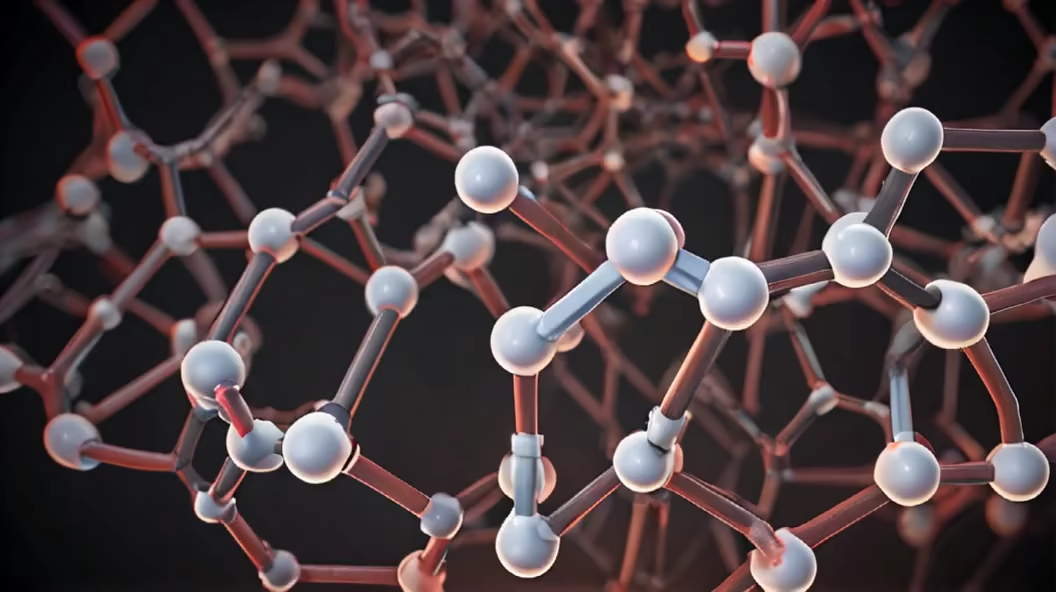
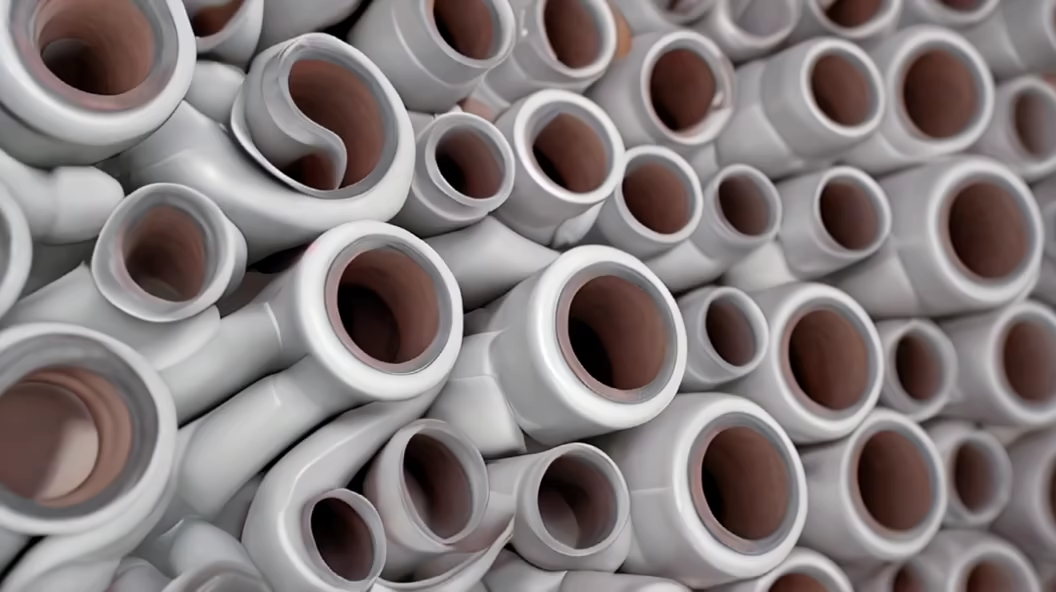
Prompt: show the detailed molecular structure of Methyl Tricarbonate, a fascinating compound within the realm of chemistry. Visualize an illustrative representation of the molecular formula, revealing the specific arrangement of atoms and bonds in this organic compound. The depiction should highlight the unique characteristics of Methyl Tricarbonate, emphasizing its carbon, hydrogen, and oxygen composition.
Style: Comic Book




Prompt: show the detailed molecular structure of Methyl Tricarbonate, a fascinating compound within the realm of chemistry. Visualize an illustrative representation of the molecular formula, revealing the specific arrangement of atoms and bonds in this organic compound. The depiction should highlight the unique characteristics of Methyl Tricarbonate, emphasizing its carbon, hydrogen, and oxygen composition.


Prompt: show the detailed molecular structure of Methyl Tricarbonate, a fascinating compound within the realm of chemistry. Visualize an illustrative representation of the molecular formula, revealing the specific arrangement of atoms and bonds in this organic compound. The depiction should highlight the unique characteristics of Methyl Tricarbonate, emphasizing its carbon, hydrogen, and oxygen composition.
Negative: ugly


Prompt: a vertical layered diagram with distinct horizontal segments representing each domain. Starting from the top, the cyber domain would showcase digital networks, servers, and data streams. Below it, the space segment would illustrate satellites, orbits, and celestial bodies. Next, the air layer would feature aircraft, drones, and atmospheric dynamics. Following this, the surface domain would display terrains, cities, and ground-based infrastructures. The sea segment would illustrate naval vessels, waves, and marine life, while the underground layer would show tunnels, subterranean structures, and resources. Lastly, the underwater domain would depict submarines, aquatic ecosystems, and oceanic depths.







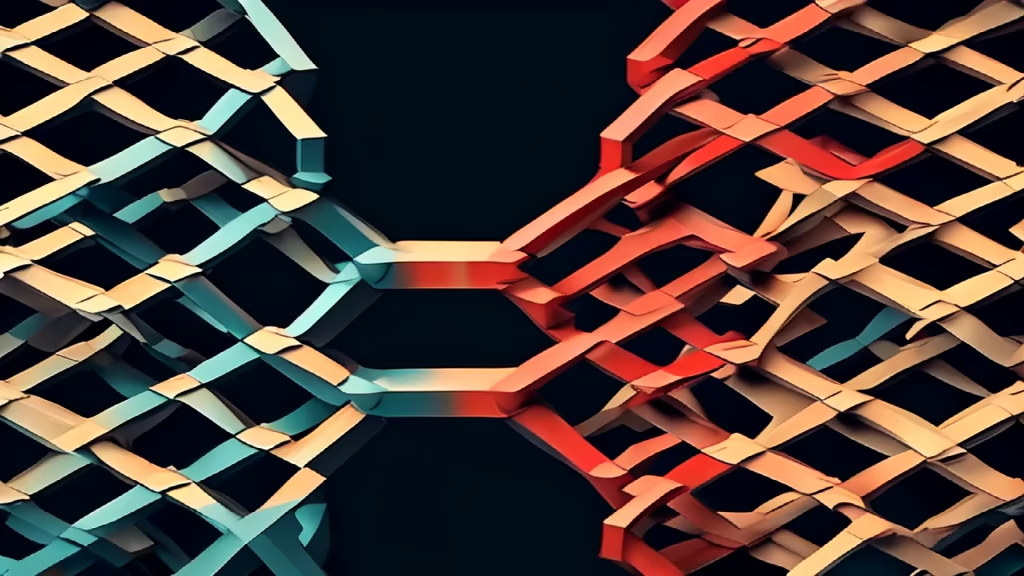
Prompt: Generate an illustration showing a semiconductor material (such as titanium dioxide) represented as a lattice structure. Show incoming photons (particles of light) striking the surface of the semiconductor. Illustrate the absorption of a photon by an electron within the material, causing the electron to move to a higher energy level and become a 'free' electron. Additionally, depict the creation of a 'hole' (a positively charged vacancy) in the place where the electron previously existed within the lattice structure. Highlight the separation of the electron and the hole as distinct entities within the semiconductor material.






Prompt: science and technology, chemotherapy, A beaker is filled with a solution with oil on top and water on the bottom. Inside the oil there is elemental benzene floating, and inside the water there is another elemental benzene and a polymer floating. The benzene inside the oil and the water formed a membrane between the oil and the water, causing the polymer to be unable to pass through that membrane.
Style: Digital Art



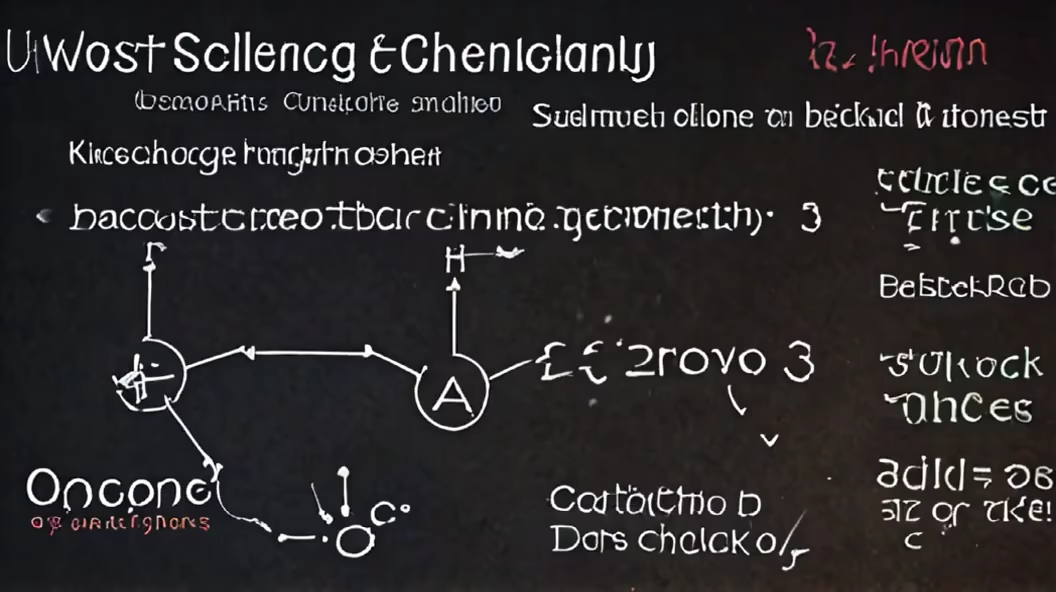


Prompt: science and technology, chemotherapy, A beaker is filled with a solution with oil on top and water on the bottom. Inside the oil there is elemental benzene floating, and inside the water there is another elemental benzene and a polymer floating. The benzene inside the oil and the water formed a membrane between the oil and the water, causing the polymer to be unable to pass through that membrane.
Style: Comic Book


